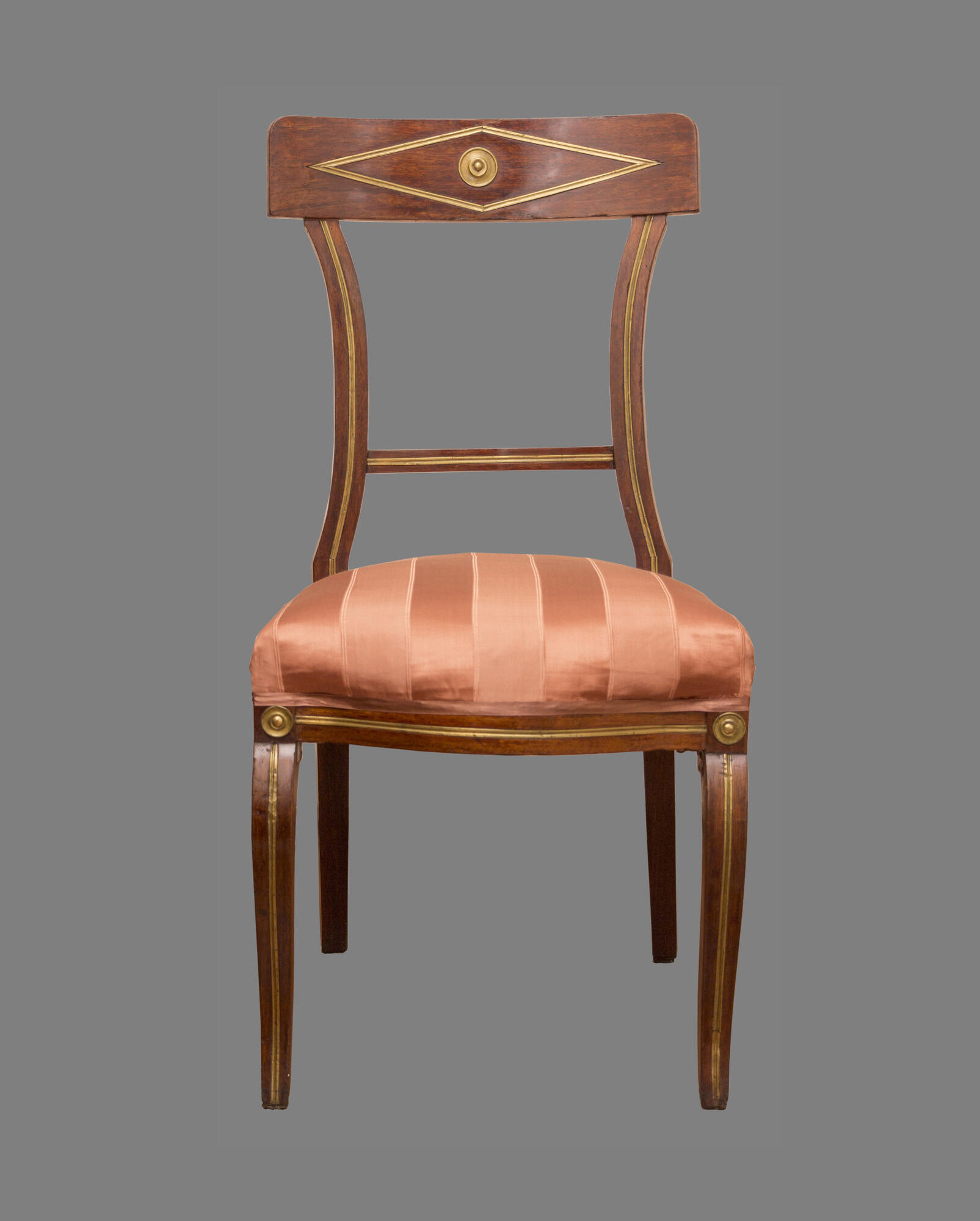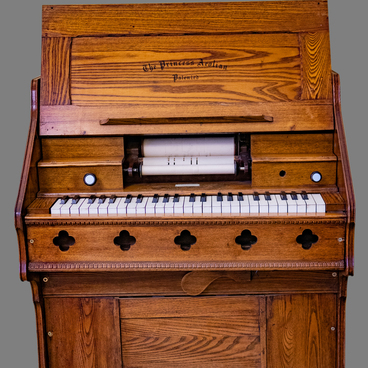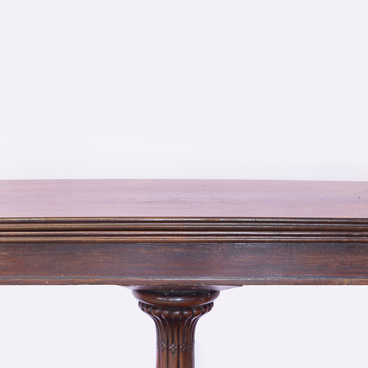The prototypes of modern chairs appeared 5 thousand years ago on the territory of Ancient Egypt. These cube-shaped ‘chairs’ were quite big and simple in their design.
Chairs and armchairs were rare in Russia until the end of the 17th century, as benches had been used for sitting. But for the first time, a row of chairs, placed near the wall, appeared in the reception rooms of the royal palace around the beginning of the 18th century. It was one of the first steps towards the general Europeanization of Russian interiors. Chairs were expensive at that time; only the rich nobles could afford them. Chairs became quite common in almost all houses during the Peter the Great era.
In the middle of the 18th century, furniture in Russia was quite uniform; oak chairs with high backs were most widespread.
At the beginning of the 19th century, as classicism faded away, the chair’s sides become no less important than the front. A new chair and armchair design with an expressive profile — the so-called “side frame” — appeared at the end of the 1810s. The sidewalls were veneered so that they looked like a solid piece of wood. The design created an interesting silhouette and at the same time such chairs were easy to manufacture, durable and comfortable. Chairs and armchairs with a side frame were favored both in noble and merchant houses and remained the only type of chairs for thirty years.
Since the 19th century, different fabrics, usually cotton chintz, were used to upholster chairs. As the urban population rose in the middle of the century, chairs were in great demand. Thus, many furniture factories were established. Special stores appeared at that time, as well, in which it was possible to buy a ready-made chair or a backrest for the chair frame without contacting a master.
The “Jacob style” chair presented in the exhibition features a soft trapezoid-shaped seat, a hollow backrest with a rigid rectangular top rail, and four square-shaped legs. The backrest is a continuation of the rear legs, and has a rectangular insert in the upper part, and a square additional detail in the lower part.
The chair’s front legs are curved. The backrest bearing parts, the front and side underframe of the seat, and the front legs are decorated with brass details. The backrest is also adorned with diamond-shaped brass rods. The base of the front legs and the center of diamond-shaped composition on the rigid insert of the backrest are decorated with brass medallions. The soft padded seat is upholstered in pink silk with wide stripes.
Chairs and armchairs were rare in Russia until the end of the 17th century, as benches had been used for sitting. But for the first time, a row of chairs, placed near the wall, appeared in the reception rooms of the royal palace around the beginning of the 18th century. It was one of the first steps towards the general Europeanization of Russian interiors. Chairs were expensive at that time; only the rich nobles could afford them. Chairs became quite common in almost all houses during the Peter the Great era.
In the middle of the 18th century, furniture in Russia was quite uniform; oak chairs with high backs were most widespread.
At the beginning of the 19th century, as classicism faded away, the chair’s sides become no less important than the front. A new chair and armchair design with an expressive profile — the so-called “side frame” — appeared at the end of the 1810s. The sidewalls were veneered so that they looked like a solid piece of wood. The design created an interesting silhouette and at the same time such chairs were easy to manufacture, durable and comfortable. Chairs and armchairs with a side frame were favored both in noble and merchant houses and remained the only type of chairs for thirty years.
Since the 19th century, different fabrics, usually cotton chintz, were used to upholster chairs. As the urban population rose in the middle of the century, chairs were in great demand. Thus, many furniture factories were established. Special stores appeared at that time, as well, in which it was possible to buy a ready-made chair or a backrest for the chair frame without contacting a master.
The “Jacob style” chair presented in the exhibition features a soft trapezoid-shaped seat, a hollow backrest with a rigid rectangular top rail, and four square-shaped legs. The backrest is a continuation of the rear legs, and has a rectangular insert in the upper part, and a square additional detail in the lower part.
The chair’s front legs are curved. The backrest bearing parts, the front and side underframe of the seat, and the front legs are decorated with brass details. The backrest is also adorned with diamond-shaped brass rods. The base of the front legs and the center of diamond-shaped composition on the rigid insert of the backrest are decorated with brass medallions. The soft padded seat is upholstered in pink silk with wide stripes.



